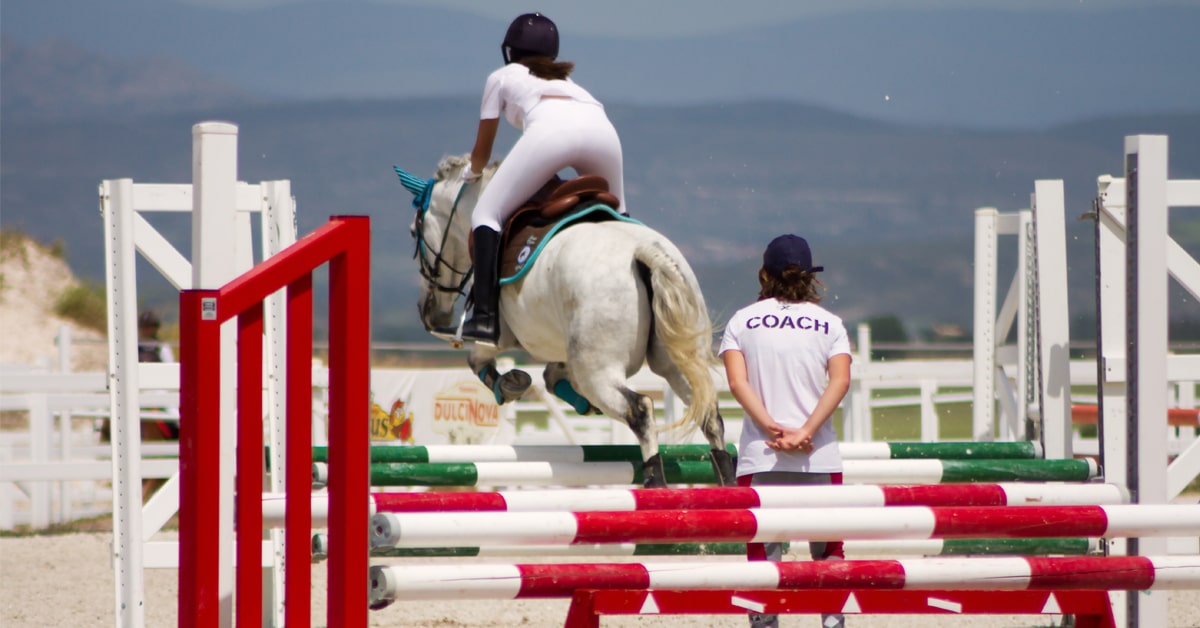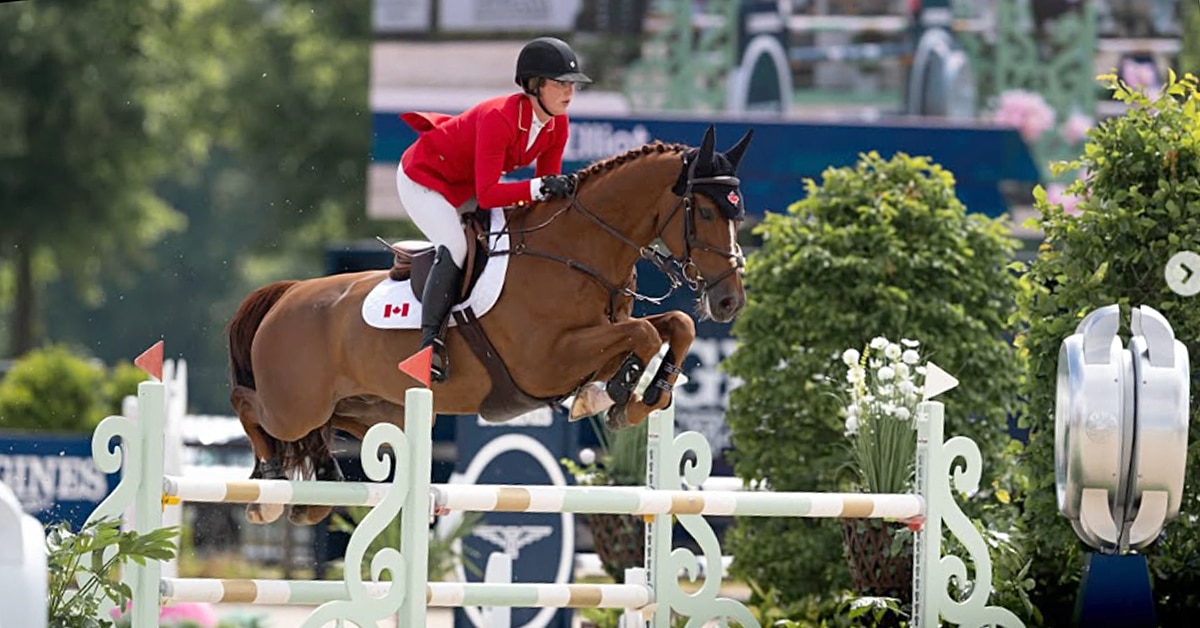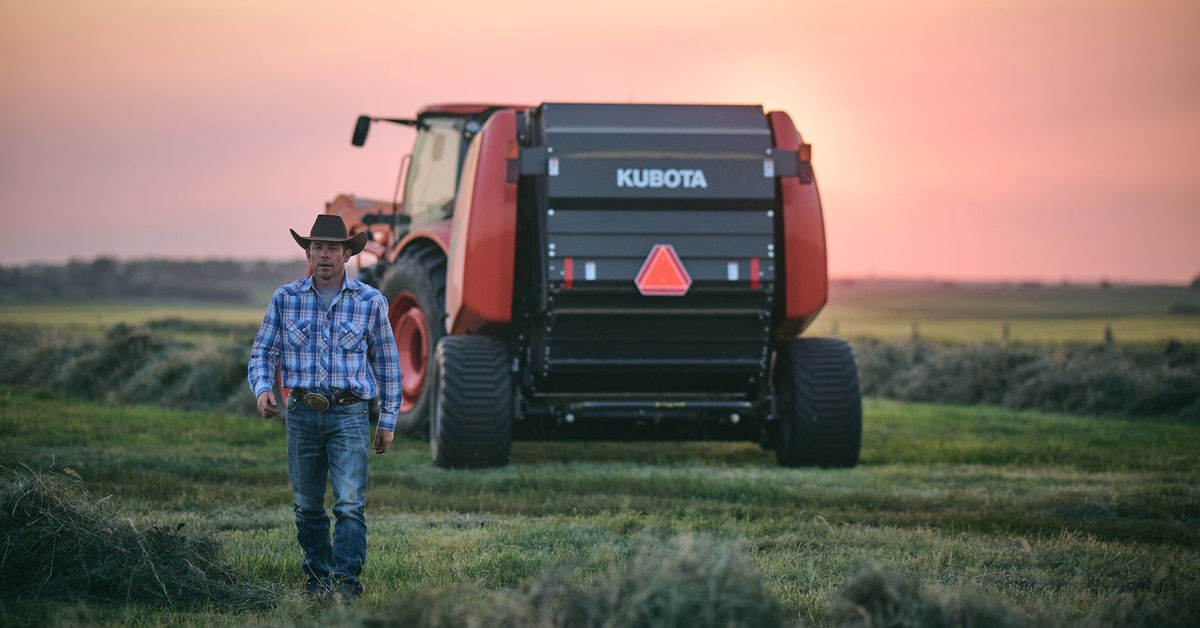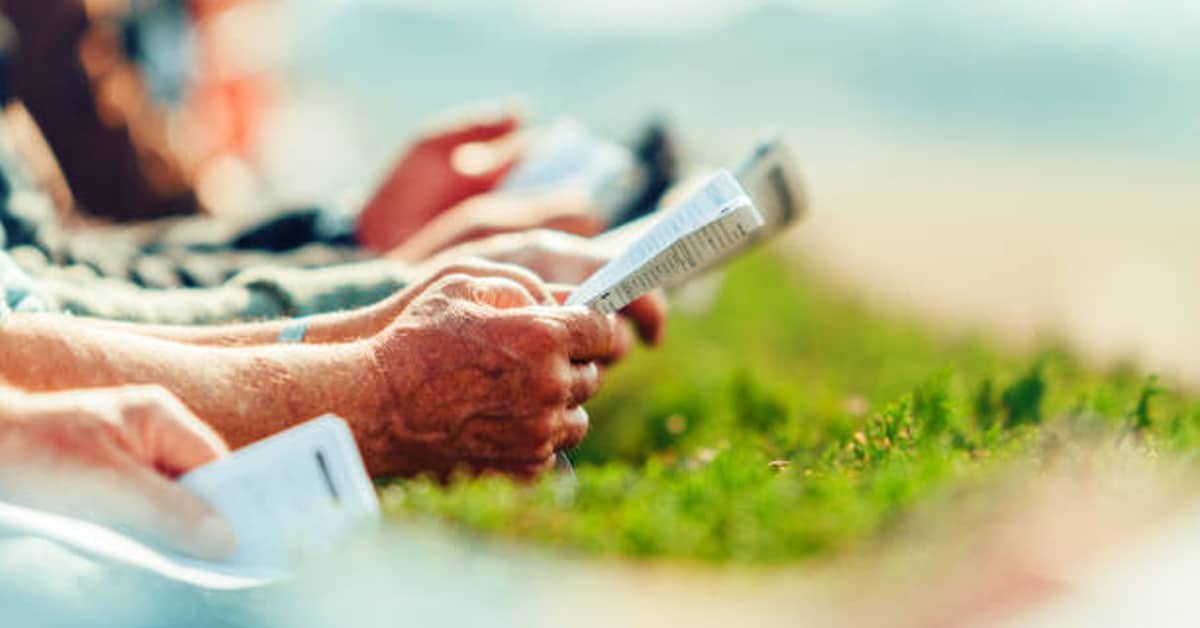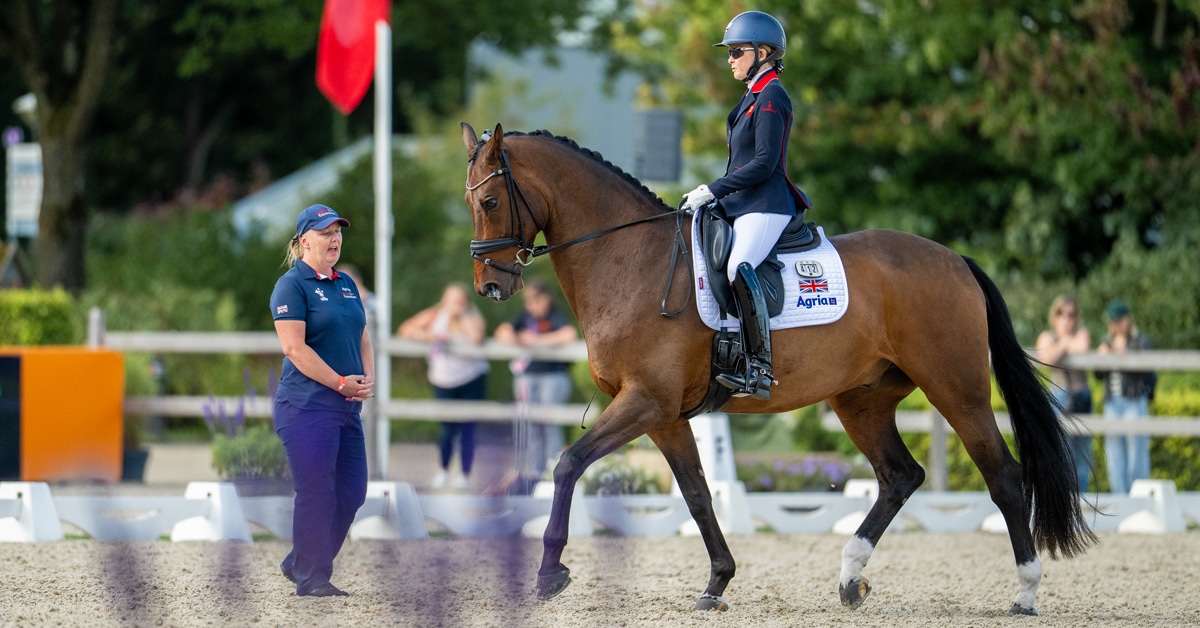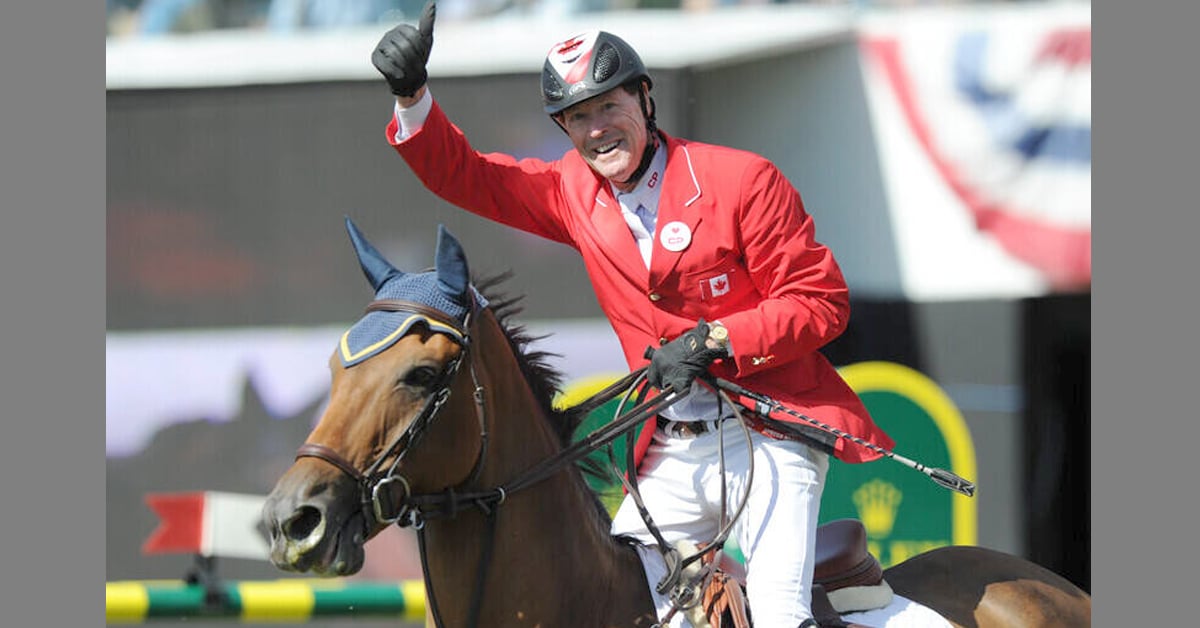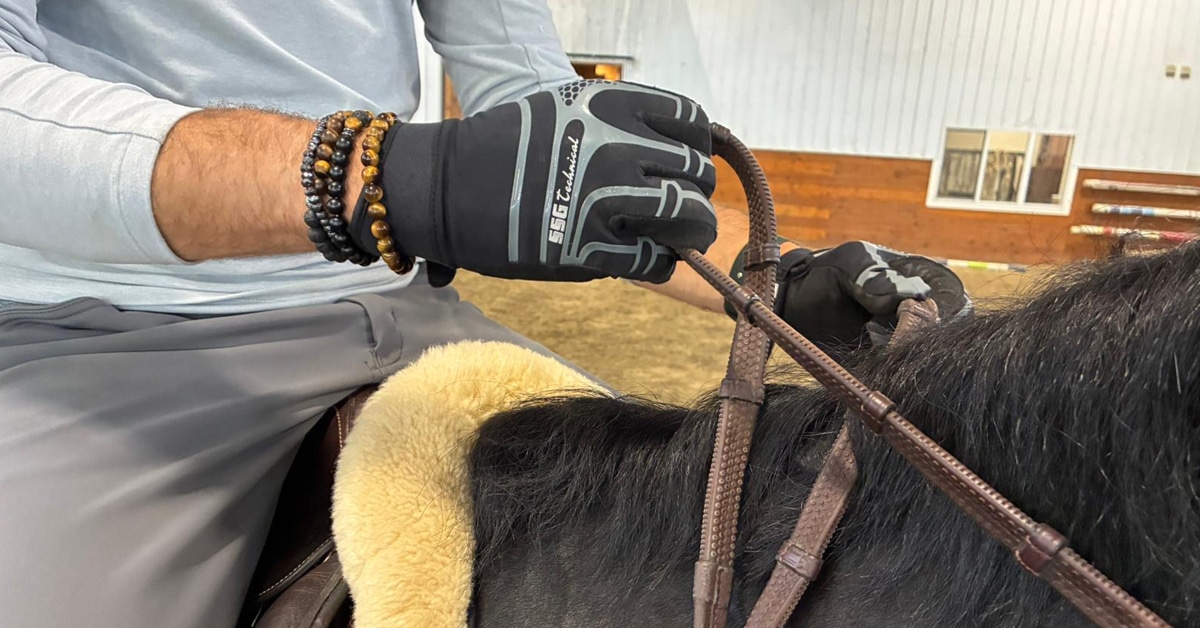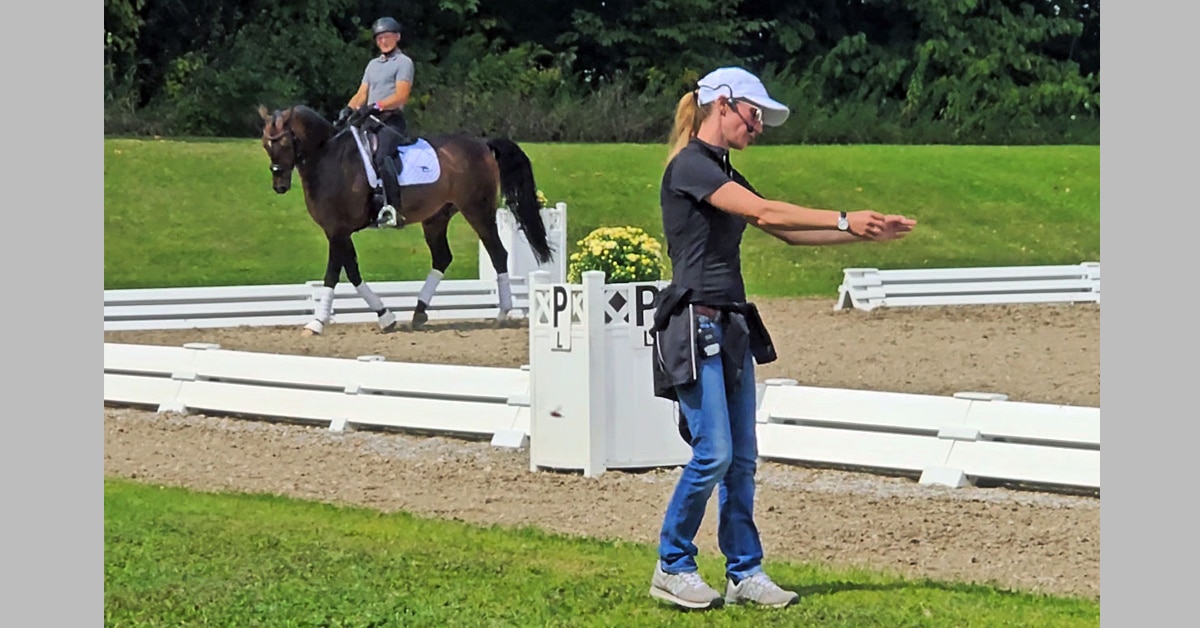The world of horse sport is a very unique environment; no other sport shares the spotlight with a live, unpredictable animal. To make it in this world you must be a good rider, but equally important, you must have the right horse. “Team horses are the one percent of the one percent; a very elite group of animals,” says top Canadian show jumper, coach and trainer Chris Sorensen, owner of Sorensen Stables in Palgrave, ON. Horses that compete at this top level in the Olympic disciplines can cost in excess of a million dollars, and in some cases, such as show jumping, you may need several of them to remain competitive in the global arena.
Bless the brave investors
Most riders don’t have the financial means to invest in one horse, let alone a handful of them. In the majority of cases, top riders around the world rely on a sound partnership with an owner to help pave the way to success and make it onto national teams by investing in horses for them.
An investor can be anyone from a wealthy family member or friend who has a passion for horses and the sport, to non-horsey people who want to participate in a unique investment opportunity via a syndicate. Angelstone Partners (headed by Toronto businessmen Ted Yew and Bobby Rhee, with horses developed by Canadian rider Keean White), Inshowjumpers in the UK (see sidebar), and Springpaarden Fonds Nederland (SFN) are examples of syndicates who are dedicated to developing jumping horses for world competitions.
One of the best scenarios is when a rider finds an owner who’s passionate about horses and the sport, and whose main goal is to see their horses make it to the top – and stay at the top. The most profiled, and perhaps the most successful, relationship of this type in Canada is show jumpers Eric Lamaze and Tiffany Foster of Torrey Pines Stables in Schomberg, ON, and their partnership with Andy and Carlene Ziegler of Artisan Farms in Wellington, FL. “It happened very organically, beginning with Eric training Caitlin [the Ziegler’s daughter],” explained Andy Ziegler, whose Artisan Farms was twice named Jump Canada Owner of the Year. “It’s a long-standing, close relationship that has evolved over time. I don’t have a secret formula.”
Sorensen notes, “Most of the owners you see at the top levels get into it because of the horses themselves. It’s a very risky investment, and some work and some don’t. You have to have the people with the stomachs for that kind of investing, and in most cases, the passion. They’re not looking to lose money – no one goes in looking to lose money – but they’re also looking to be part of the sport, not just the business.”
German owner Madeleine Winter-Schulze, who owns horses for top German riders in all three disciplines (show jumper Ludger Beerbaum, dressage rider Isabell Werth, and eventer Ingrid Klimke, who recently won the European Championships with Winter-Schulze’s FRH Escada JS), says that her riders are her priority and attributes her success as an owner to truly loving the sport. “They are like family and I do what I can for a wonderful sport. The relationships I have are unique and special and don’t happen very often.”
Not every owner or investor will have the same objectives, and as a rider it’s vital to understand what kind of relationship you’re getting into. “Buying and selling horses is a matter of what you have to lose. Everyone has their own way of doing this; owners may be team-oriented, or they may simply want to make money,” notes hunter/jumper competitor and coach Erynn Ballard, who works with White to help develop Angelstone Partner’s horses. “Riders need to understand this and be realistic about their own goals and expectations. Understand that there are risks and that changes may be necessary.”
Sorensen insists that communication and good business sense is key, “You have to be on the same page, and that takes real communication skills with the amount of dollars we are talking about and the amount of emotion that flies around horses.”
If you are partnering with a syndicate, such as in the case of Jacob Melissen of The Netherlands who founded SFN with the support of the van Lanschot financial firm, you need to first understand the nature of the business. In most cases, they are a group of investors looking to diversify their portfolio with some high-risk investments. Some of them will include people who don’t know anything about the sport who require “a starting and end point, and at the end we need to pay back the investors with some profit in mind. Our goal is to pay the investors back first and foremost.” Melissen outlines their strategy. “Buy horses young, at five to seven years old, give them good schooling at competitions, then find the rider that fits them best. Our selectors are great and are the backbone of our investments, because they have all the knowledge and experience. The gold medal is really nice, but to pay the investors back, that’s also really important, because it gives us the possibility to continue the funding.”
The selling conundrum
Whether you’re buying a horse to support the national team, or as a short-term investment, when to sell that horse is (literally) the million-dollar question. It’s a dilemma, because when a horse and rider are winning it can be most advantageous for the rider to keep the horse, but it can also be the most lucrative time for the owner to sell him.
Maya Markowski, one of Canada’s top dressage riders who has been long-listed for the Canadian team and trains her own and develops investor’s horses, shares her experience. “Maintaining a horse at top-level competition is really expensive, so it can be difficult for owners to continue to see the value in their investment and decide to sell the horse. But in some cases, this may be when the rider has invested many months into training and has reached a certain level they’ve strived for.”
How, then, do riders safeguard against losing a horse at the wrong time?
Have a plan
Due to the unpredictable nature of the sport, riders and owners need to have concrete plans. “You need a thousand things to go right for a horse to stay at top-level competition,” says Sorensen. He advises, “Your plan needs to be laid out from the beginning and you need to plan for different scenarios – when the horse is going well, as well as when the horse isn’t going well. You need to have plans in place so that life can go on no matter what happens.”
Ziegler has a similar philosophy: “We always have a plan for what we’re doing and the decisions are made in two ways: a) we actively network and look for horses [to build on the strength of each of our riders]; or b) it happens opportunistically. Tripple X, for example, came to us unexpectedly … and we decided to buy it. Either way, we are all in agreement on how to move forward.”
For Melissen, contracts are a vital part of conducting business. “For us it’s quite simple. You come to the conclusion that the combination is no longer working and we find we need to make changes. When the horse cannot compete at the level we want them to compete at, it is at this time that we will sell the horse. This is all mentioned in the contract.”
Conversely, Winter-Schulze insists on a no-contract deal with her riders, “I have complete trust in my riders to make the right decisions when it comes to buying and selling horses,” she states. Swiss owner and chairman of the Jumping Owners Club, Christian Baillet, agrees. “There are more problems when you sign contracts. Successful relationships come not from legally-binding contracts, but instead by transparency.”
The secret to success
There is no magic elixir that ensures a successful long-term relationship with an owner or investor, as with any investment there is risk. “You rarely see a top rider lose an amazing owner because they’re winning everything,” says Ballard. “The expectations are always very, very high. You’re spending a million dollars on a horse, and when you’re not winning or you’re not jumping clear, or not making the team, you’ve either picked the wrong horse or you have misled your buyer.”
What is unanimous among owners and riders is the importance of building and maintaining trust, honesty, and open communication. “The most important part of a successful relationship between rider and owner is trust and transparency,” says Baillet. “It is not necessarily easy to achieve, but for me is fundamental. Without it, I don’t feel the relationship ever lasts very long.” Ballard agrees. “The most successful relationships are when the owner and rider really believe in each other; there is trust and you’re both on the same page.”
Ziegler believes that for owners, patience is a critical part of the relationship equation. “I think that’s what Eric appreciates most about us. I think one of the things he appreciates is that I ride, so I understand the difficulty of the sport and that horses progress at their own pace with a rider. If you can find an owner that has a long-term perspective that matches yours, I think that’s important. Have a clear set of expectations and similar time frames.”
Being up-front about your long-term goals is particularly important when you’re dealing with newer owners. Markowski’s perspective is, “Some owners have the goal of seeing their horse compete internationally right from the start. It’s important to communicate and to help new owners identify if the horse has the potential for international levels. Then, if a certain horse does not possess all the necessary traits of an international competitor, an alternative goal for the horse should be discussed, such as selling him to owners whose goals match that of the horse’s capabilities.”
It’s all about the team
Regardless of the intentions of your owner, being at the top of your sport means understanding that you are one part of a bigger team. “It’s a team; even though you ride as an individual, it’s a big team effort. You have the owners, the trainers, and all these people involved with your horse, so communication is essential,” notes Markowski.
The Zieglers have epitomized the idea of working together as a team, and Andy joked, “George Morris once described us as a gypsy band moving around the world together. The way it works with us is that we are working together and talking to each other almost every day. So we have a pretty good consensus on where we think each horse is, where each of our strengths are. It all happens very naturally. It’s an ongoing dialogue with us. We are in it together on a daily basis.”
With Mellisen’s business philosophy, the investors will make the final decisions on buying and selling a horse, but, “When you are part of a team, the rider has freedom of speech as well.”
Sorensen’s approach is, “It’s just like any other business or any other sport. This is relationship development, and at the very top level you cannot afford to have a deficit in any part of your program. Whether it’s your blacksmith, your vet work, your training methods, or your communication and relationship-building skills, the people who rise to the very top have every tool in their belt. It also comes down to team selection, owner selection and investor selection. You’re putting the energy into people who have like-minded ideas that you can trust and be there for you – and you’ve given them confidence that you feel the same way.”
Communication and respect
No matter where you are in the world rankings, showing respect to the members of your team, including your owner, is important. “The owner must know everything that’s going on; they must be informed on all issues, whether things are going well or not. They need to be kept up-to-date about veterinary decisions or potential problems in planning or transport, for example,” insists Baillet.
“Have open communication. Problems arise when communication breaks down,” reiterates Winter-Shultze. Additionally, “It’s important for riders to profile their owners. Mention the owner’s name in interviews for example, to realize that they are a vital part of the partnership.”
“It’s important to prioritize your relationship with your owner. Keep owners involved, motivated, and wanting to stay in the game,” adds Markowski.
Riders wanting to live the Olympic dream must have a clear understanding of their goals, be smart about how they conduct their business, and build relationships along the way. “It’s a tough business on any level for everyone involved,” notes Ballard. “It’s finding the right balance, finding the right relationships, having the right people. They have to believe in you and your business ethic, your ability to ride, your care of the horse, and the results you’re getting.”
There also has to be a great deal of respect for the horse by all parties involved. Says Ziegler, “Horses progress at their own rate. There are 800 steps on the ladder, from the day you get a horse, to the day you win, and you can’t skip any of those steps. Sometimes those steps go very quickly and sometimes those steps take a long time. It’s easier for the rider if the owner has an appreciation for that.”
A powerhouse syndicate
IN Showjumpers was founded in 2010 by Caroline Wilks, Henk Nooren, and Duncan Inglis. The syndicate has sold about 15 high-profile jumpers to date. Wilks says,”Experience and the right contacts make it possible to buy a horse with world-class potential for hundreds of thousands of pounds. Subject to the right training from internationally-recognized experts, such a horse can become ready to compete at World Championships or the Olympics and command between one million to five million pounds each.”
Horses sold by this successful syndicate include Ohlala, purchased by the Ohlala Group for US rider Lauren Hough; and Blue Angel, ridden by Kent Farrington of the US. Current sales horses include Quelbora Merze (pictured), ridden by Michael Whitaker to win the Bunn Leisure Trophy at Hickstead in July, and Coco II, ridden by Cian O’Connor to victory in a Belgian grand prix this year.
The Latest
